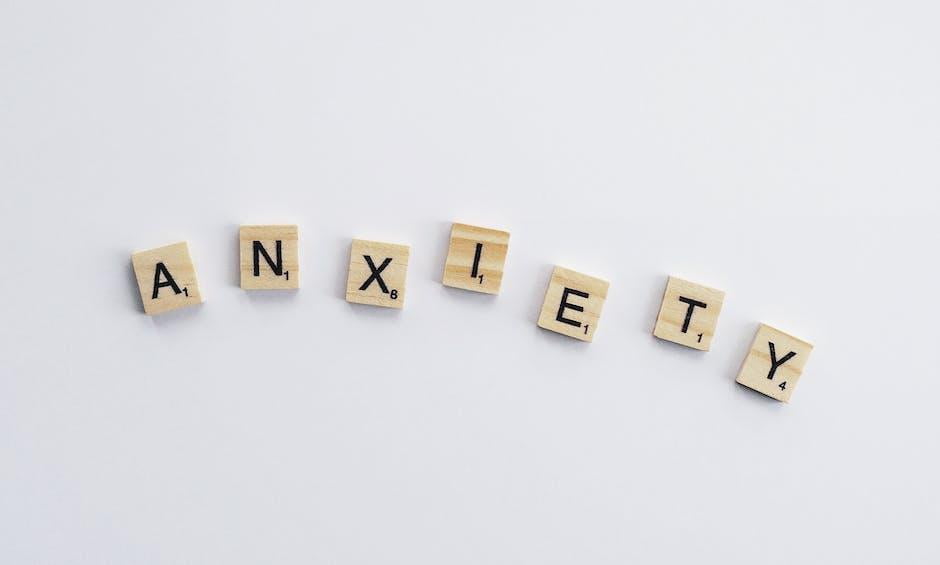How Does Creativity Help In Managing Mental Health?
Ever felt like your mind was a tangled ball of yarn, with emotions and thoughts all knotted up? Creativity can be the scissors that help cut through that mess. Engaging in creative activities has been shown to significantly improve mental health by reducing stress, enhancing self-awareness, and fostering a sense of connection. Whether it’s painting, writing, dancing, or even doodling, creativity offers a safe space to express emotions and find balance.
Stick around to discover how creativity can be your secret weapon for emotional well-being. From calming anxiety to building communities, we’ll explore the many ways it can transform mental health.
Key Takeaways
- Creativity acts as a natural stress reliever and emotional outlet.
- It helps manage anxiety and depression while boosting self-awareness.
- Creative activities foster social connections and reduce isolation.
- Arts-based therapies are increasingly integrated into mental health treatments.
- Creativity offers both personal and societal benefits, improving overall well-being.
Introduction to Creativity and Mental Health
Definition of Creativity and Its Role in Mental Health
Creativity isn’t just about painting masterpieces or writing novels. It’s the ability to think, imagine, and express in unique ways.
When it comes to mental health, creativity serves as a bridge between emotions and expression. It allows individuals to process feelings that might otherwise remain bottled up.
Think of creativity as a mental workout. Just like physical exercise strengthens your body, creative activities strengthen your mind, helping it cope with stress and emotional challenges.
Overview of the Connection Between Creativity and Emotional Well-Being
Studies have shown that engaging in creative activities can lower cortisol levels, the hormone responsible for stress.
When you’re immersed in something creative, your brain enters a state of “flow,” where worries fade, and you feel fully present. This state is like a mental vacation, giving your mind the break it needs to recharge.
Importance of Addressing Mental Health Through Creative Outlets
Ignoring mental health is like ignoring a leaky roof—it only gets worse. Creative outlets provide a proactive way to manage emotions and maintain balance.
Whether it’s through art, music, or writing, these activities offer a non-judgmental space to explore feelings and find relief.
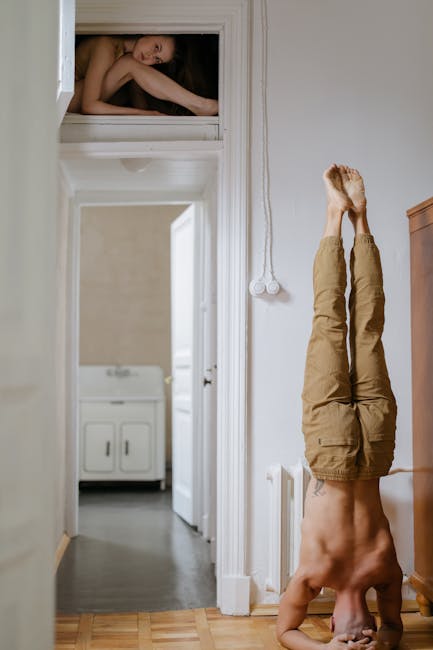
Creative Expression as an Emotional Outlet
Reducing Stress Through Creative Activities
Art Therapy and Its Calming Effects
Art therapy is like a spa day for your brain. Picking up a paintbrush or molding clay can help release pent-up emotions and bring a sense of calm.
Even if you’re not Picasso, the act of creating something can be incredibly soothing. It’s about the process, not the product.
Writing and Journaling as Tools for Emotional Release
Writing is another powerful tool for mental health. Journaling, for instance, allows you to pour your thoughts onto paper, making them feel less overwhelming.
It’s like having a conversation with yourself, helping you untangle complex emotions.
Managing Anxiety and Depression With Creative Practices
Anxiety and depression often feel like dark clouds that won’t go away. Creativity acts as a ray of sunshine, breaking through the gloom.
Activities like knitting, gardening, or even cooking can provide a sense of purpose and accomplishment, which are crucial for mental health.
Enhancing Self-Awareness and Emotional Regulation
Creativity helps you understand yourself better. When you create, you tap into your inner world, gaining insights into your emotions and thought patterns.
This self-awareness can lead to better emotional regulation, helping you respond to challenges more calmly.
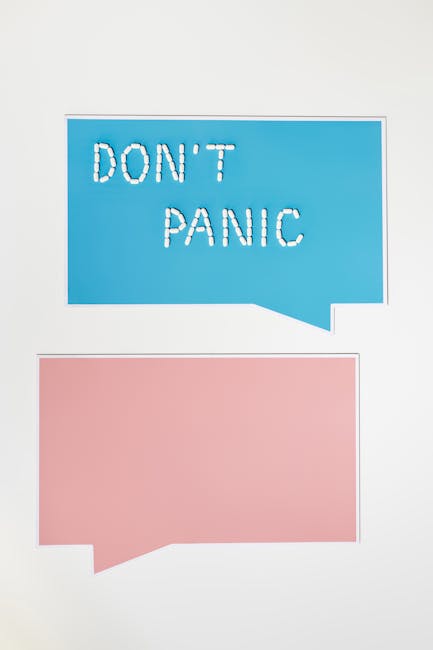
Building Community and Combating Isolation
Participation in the Arts Fostering Social Connections
Group Art Projects and Workshops
Joining a group art project or workshop is like joining a team sport for your mind. It fosters collaboration and builds a sense of belonging.
Sharing your creative journey with others can be incredibly rewarding and uplifting.
Performing Arts as a Means of Collaboration
Performing arts, like theater or dance, bring people together in a shared experience.
These activities encourage teamwork and mutual support, which are essential for combating loneliness.
Reducing Loneliness Through Shared Creative Experiences
Loneliness can feel like being stuck on a deserted island. Shared creative experiences act as a lifeboat, connecting you with others who understand and support you.
Strengthening Support Networks via Creative Communities
Creative communities, whether online or offline, provide a safe space to share, learn, and grow.
These networks can be a lifeline for those struggling with mental health challenges.
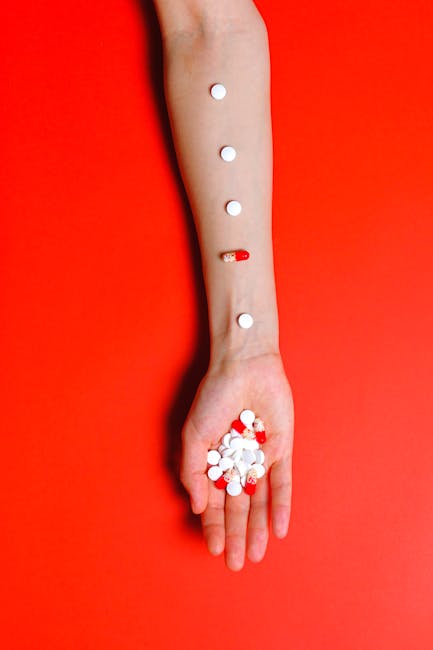
Creativity in Mental Health Treatment
Arts-Based Interventions in Therapy
Music Therapy for Emotional Healing
Music therapy uses the power of sound to heal. Listening to or creating music can evoke emotions, release tension, and promote relaxation.
Dance and Movement Therapy for Mental Well-Being
Dance therapy combines physical movement with emotional expression. It’s like letting your body speak when words aren’t enough.
Evidence of Improved Emotional Health Through Creative Programs
Research has consistently shown that creative programs improve mood, reduce anxiety, and enhance overall well-being.
For example, a study highlighted in this article discusses how arts can significantly impact mental health.
Integration of Creativity Into Traditional Mental Health Treatments
Many therapists now incorporate creative activities into their practice, recognizing their therapeutic value.
From art therapy to mindfulness exercises, creativity is becoming a cornerstone of mental health care.
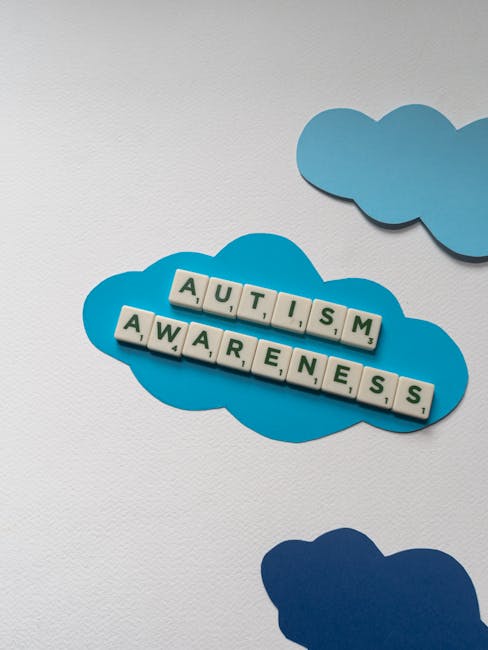
Economic and Societal Benefits of Creativity for Mental Health
Cost-Effectiveness of Arts-Based Mental Health Initiatives
Creative programs are often more affordable than traditional therapies, making mental health support accessible to more people.
Growing Recognition and Funding for Creative Mental Health Programs
Governments and organizations are increasingly funding creative mental health initiatives, recognizing their value.
For instance, the MARCH Network focuses on promoting arts and creativity to improve mental health.
Long-Term Societal Impact of Improved Mental Health Through Creativity
Better mental health leads to a happier, more productive society.
By investing in creativity, we’re investing in a brighter future for everyone.
Advocacy and Research on Creativity in Mental Health
Role of Organizations Like the MARCH Network
Organizations like the MARCH Network are paving the way for creativity-focused mental health solutions.
They advocate for the integration of arts into mental health care, making it more holistic and effective.
Importance of Continued Research on Creativity and Mental Health
Ongoing research is crucial to understanding how creativity impacts mental health.
This knowledge can help develop more targeted and effective interventions.
Expanding Resources and Support for Creative Mental Health Initiatives
Expanding access to creative resources ensures that more people can benefit from their mental health benefits.
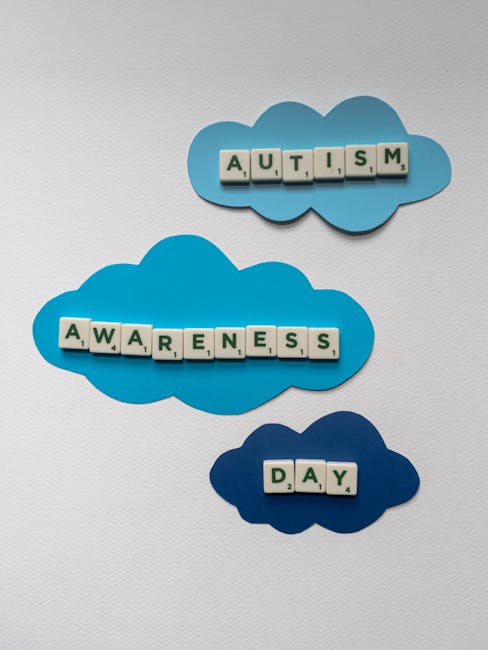
Conclusion
Recap of Creativity’s Role in Managing Mental Health
Creativity is more than just a hobby—it’s a lifeline for mental health.
From reducing stress to building communities, it offers countless benefits for emotional well-being.
Encouragement to Embrace Creativity for Emotional Well-Being
Don’t wait for the perfect moment to start. Pick up a pen, a brush, or even a spatula, and let your creativity flow.
Call to Action for Supporting Creative Mental Health Programs
Support organizations and initiatives that promote creativity in mental health care.
Together, we can create a world where everyone has the tools to thrive emotionally.
For more insights, check out this guide on how creativity improves health (source).
Unlocking the Power of Creativity: FAQ on Managing Mental Health
How does creativity positively impact mental health?
Engaging in creative activities can reduce stress, improve mood, and promote relaxation. It helps individuals process emotions, express themselves, and find a sense of accomplishment, which contributes to overall mental well-being.
What types of creative activities are beneficial for mental health?
Activities such as painting, writing, playing music, crafting, or even cooking can be therapeutic. The key is to choose something you enjoy and that allows you to focus and express yourself freely.
Can creativity help with anxiety and depression?
Yes, creativity can serve as a healthy outlet for emotions, helping to alleviate symptoms of anxiety and depression. It encourages mindfulness and provides a sense of purpose, which can be particularly helpful for those struggling with these conditions.
Why is self-expression through creativity important for mental health?
Self-expression allows individuals to process and communicate their feelings in a non-verbal way. This can lead to greater self-awareness, emotional release, and a sense of empowerment, all of which are crucial for mental health.
How does creativity promote mindfulness?
Creative activities often require focus and attention, which can bring individuals into the present moment. This mindfulness helps reduce stress and promotes a sense of calm and clarity.
Can group creative activities improve mental health?
Yes, participating in group creative activities fosters social connections and a sense of community. Sharing creative experiences can reduce feelings of isolation and provide emotional support, which are vital for mental health.
Is creativity effective for managing workplace stress?
Absolutely. Creative outlets like journaling, doodling, or brainstorming can help employees decompress, think more clearly, and approach challenges with a fresh perspective, reducing workplace stress.
Do you need to be ‘good’ at creative activities to benefit from them?
Not at all! The mental health benefits of creativity come from the process, not the outcome. It’s about enjoying the act of creating and expressing yourself, without worrying about perfection or skill level.
How can creativity help with trauma recovery?
Creative activities like art therapy or storytelling can provide a safe space to process and express emotions related to trauma. They help individuals explore difficult feelings and foster healing in a non-threatening way.
Are there scientific studies supporting the link between creativity and mental health?
Yes, numerous studies have shown that engaging in creative activities can reduce cortisol levels (stress hormone), improve mood, and enhance overall mental health. Creative therapies are also widely used in clinical settings to support mental health recovery.



